Find the resultant of the three vectors −−→OA,−−→OB and −−→OC shown in figure. Radius of the circle is R.
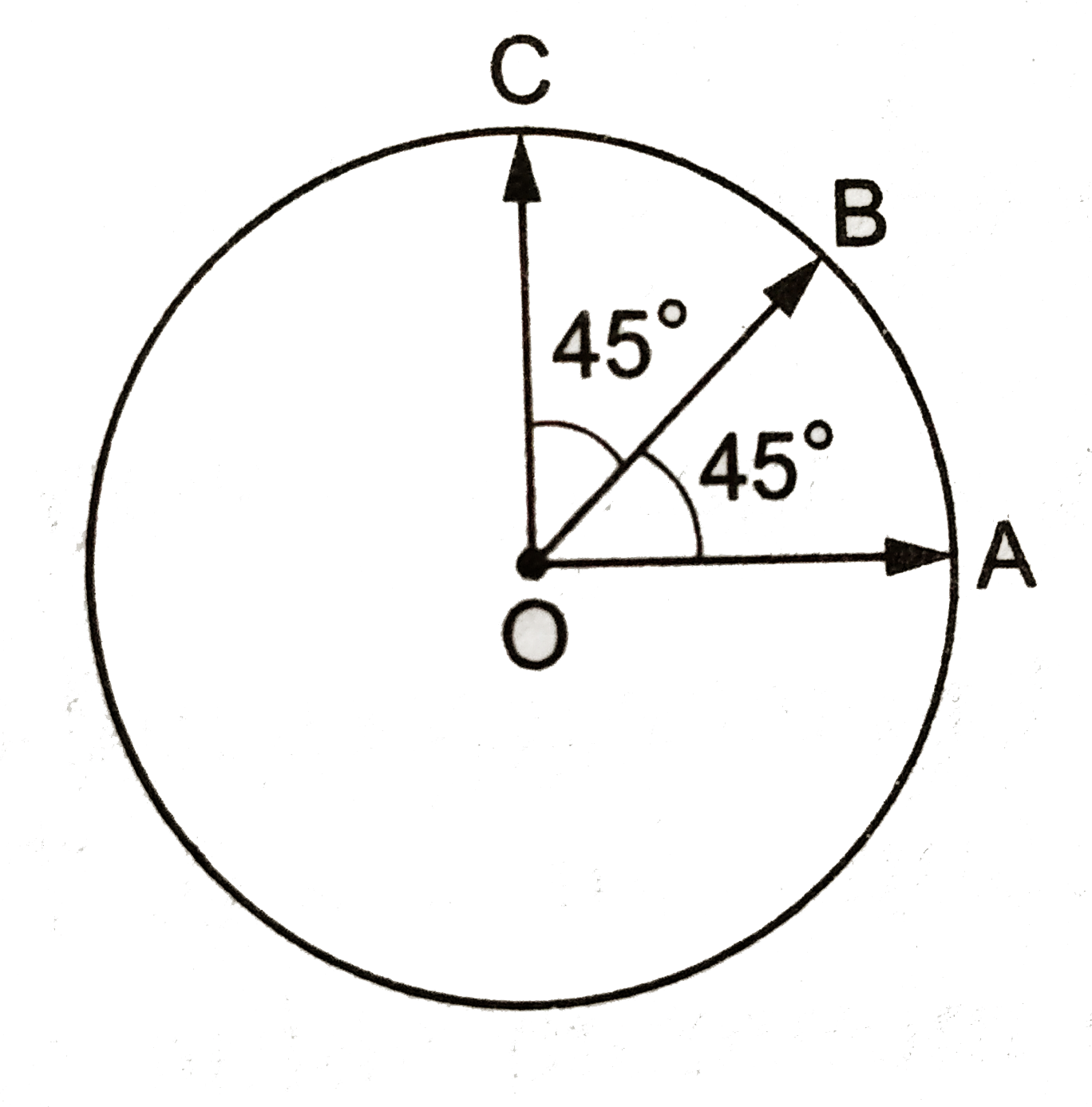
2R
R(1+√2)
R√2
R(√2−1)
The correct Answer is:B
(b)Rnet=R+√R2+R2=R+√2R=R(√2+1)
Topper's Solved these Questions
Similar Questions
Find the value of
(a) cot300∘
(b) tan330∘
(c) cos(−60)∘
(d) sin(−150)∘
(e) cos(−120)∘
View SolutionAs a physicist, you put heat into a 500 g solid sample at the rate of 10.0kJ/min, while recording its temperature as a function of time. You plot your data and obtain the graph shown in figure.
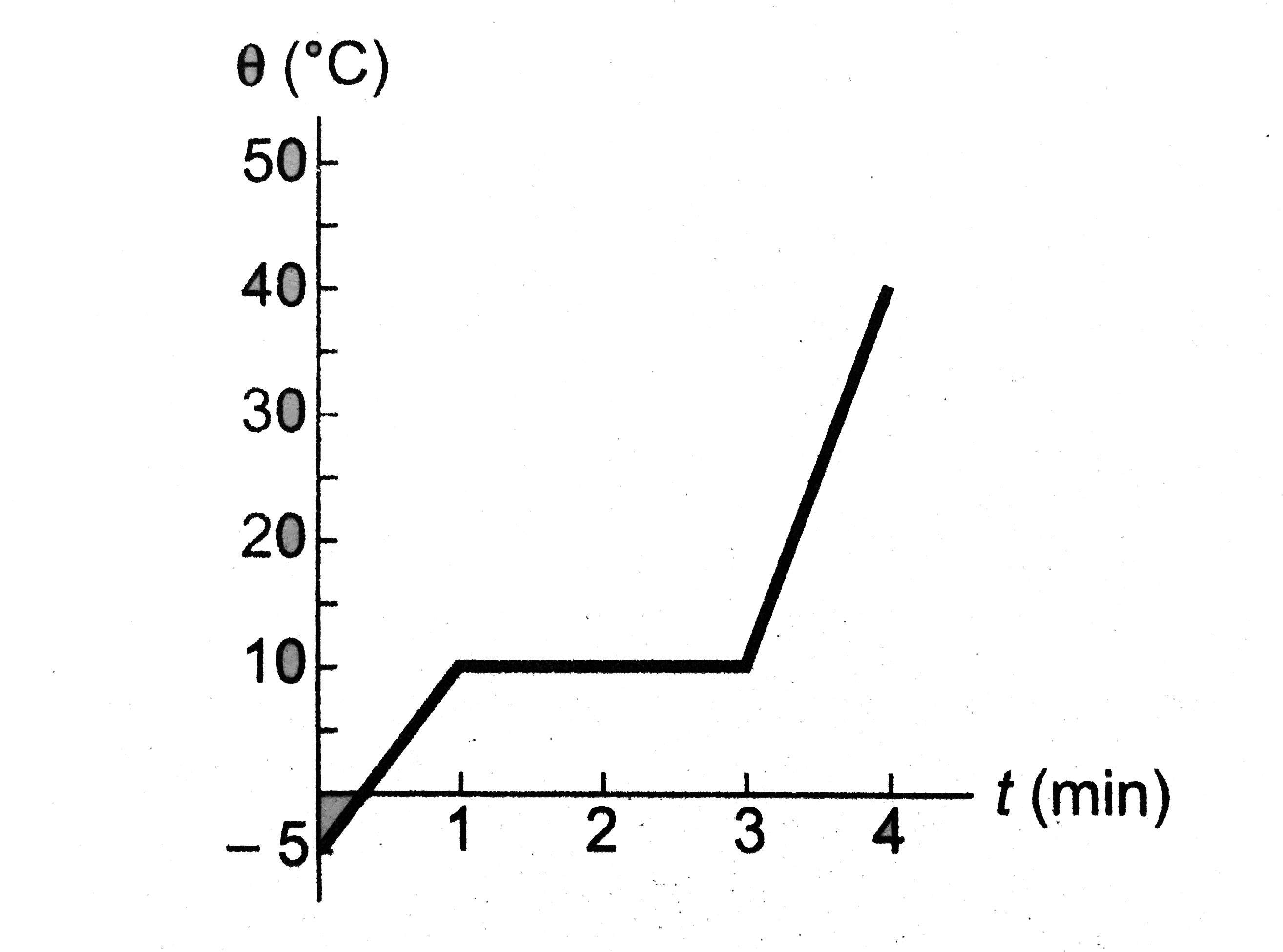 .
.
(a) What is the latent heat of fusion for this solid?
(b) What is the specific heat of solid state of the material?
View SolutionFind the resultant of the three vectors vec OA,vec OB and vec OC each of magnitude r as shown in figure?
View SolutionThe magnitude of vectors −−→OA,−−→OBand−−→OC in figure are equal. Find the direction of −−→OA+−−→OB−−−→OC.
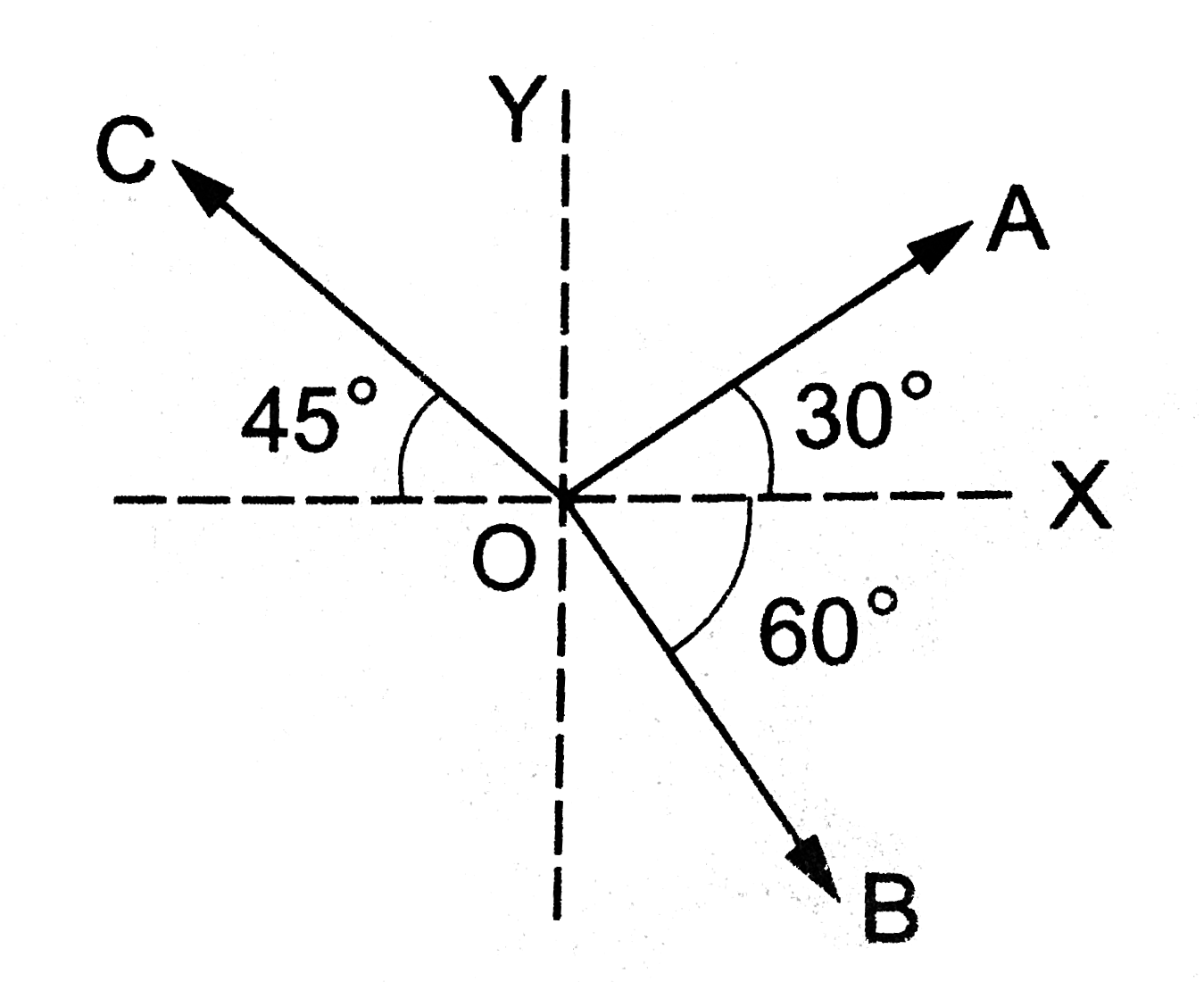 .
.
View SolutionFind the resultant of the three vectors −−→OA,−−→OB and −−→OC shown in figure. Radius of the circle is R.

View Solutionदिखाए गए वेक्टरो −−→OA,−−→OB तथा −−→OC के परिमाण बराबर है। वेक्टर −−→OA+−−→OB−−−→OC की दिशा बताएँ।

View Solutionतीन वेक्टर −−→OA,−−→OB तथा −−→OC दिखाए गए है। वृत्त कि त्रिज्या R है। तीनो वेक्टरो का परिणामी निकले।
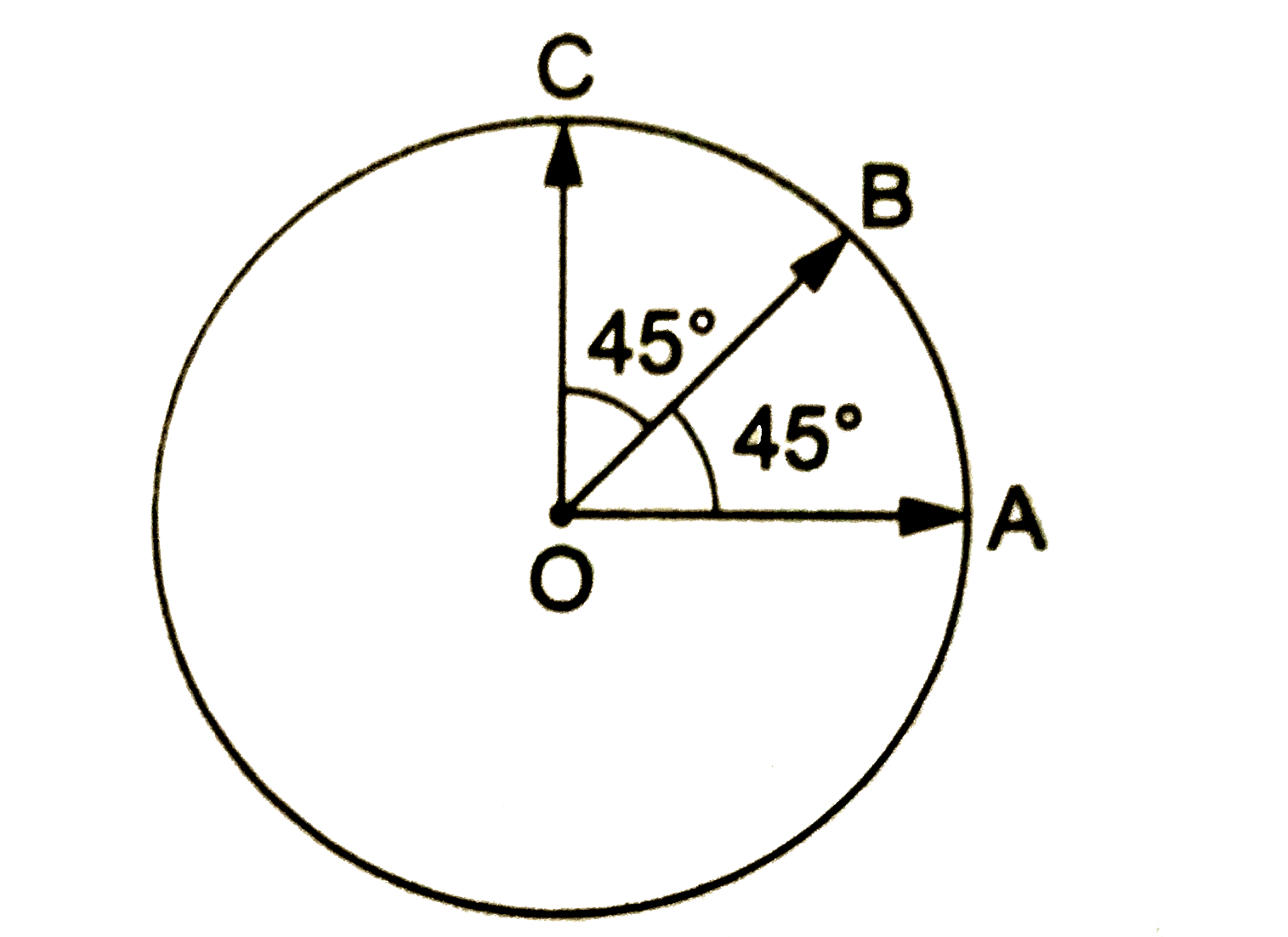
View SolutionIf OAB is a tetrahedron with edges and ˆp,ˆq,ˆr are unit vectors along bisectors of
−−→OA,−−→OB:−−→OB,−−→OC:−−→OC,−−→OA respectively and ˆa=−−→OA∣∣∣−−→OA∣∣∣,→b=−−→OB∣∣∣−−→OB∣∣∣,→c=−−→OC∣∣∣−−→OC∣∣∣, then :
View SolutionIf OAB is a tetrahedron with edges and ˆp,ˆq,ˆr are unit vectors along bisectors of
−−→OA,−−→OB:−−→OB,−−→OC:−−→OC,−−→OA respectively and ˆa=−−→OA∣∣∣−−→OA∣∣∣,→b=−−→OB∣∣∣−−→OB∣∣∣,→c=−−→OC∣∣∣−−→OC∣∣∣, then :
View Solutionचित्र में दर्शाये अनुसार तीनो सदिशों −−→OA,−−→OB व −−→OC का परिणामी होगा। (वृत्त की त्रिज्या R है)

View SolutionFind the resultant of the vectors vec(OA), vec(OB), vec(OC) as shown in figure. The radius of the circle is r.
View SolutionFind the resultant of the vectors −−→OA,−−→OB,−−→OC as shown in figure. The radius of the circle is r.
View SolutionThe magnitude of vectors −−→OA,−−→OBand−−→OC in figure are equal. Find the direction of −−→OA+−−→OB−−−→OC.
 .
.
View SolutionFind the resultant of the three vectors −−→OA,−−→OB and −−→OC shown in figure. Radius of the circle is R.

View SolutionFind the resultant of the vectors −−→OA,−−→OB,−−→OC as shown in figure. The radius of the circle is r.
View SolutionThe resultant of the three vectors −−→OA,−−→OB and −−→OC shown in figure is
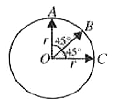
View Solution
